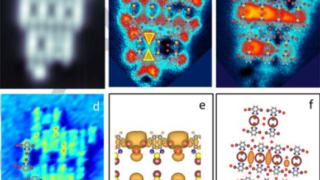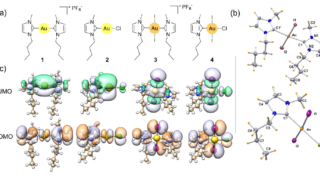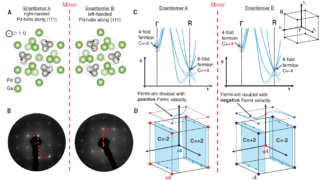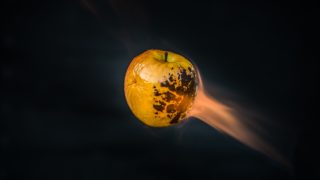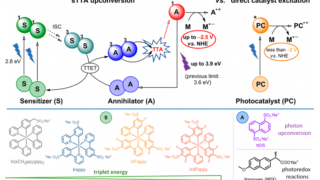
Converting photons from visible to UV to treat water
You are surely familiar with the concept that light behaves like electromagnetic radiation, and that it responds to the equation In this way, the higher the wavelength of the light, the lower its frequency , and vice versa. This means that if we compare red and blue light, for example, we will see that red […]


